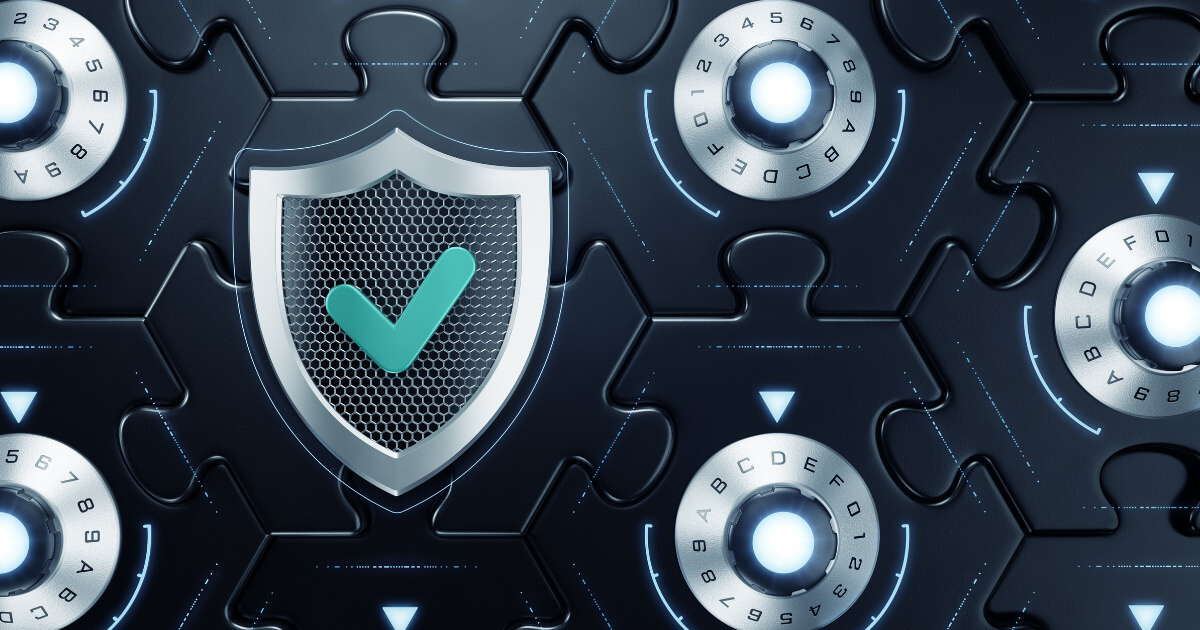Thanksgiving and Cybersecurity: A Feast of Protection

 By: Judd Genda & Robert Procter | Axley Attorneys
By: Judd Genda & Robert Procter | Axley Attorneys
Just like a well-prepared Thanksgiving meal, cybersecurity is the recipe for safeguarding your digital world.
In the expansive landscape of cybersecurity, various threats loom. Here are some of the more common cyber threats:
- Malware: Malware is an unwelcome intruder, infiltrating your digital environment without detection. It can erase data and disrupt your systems, leading to operational standstill. 300,000 malware instances are generated daily, while 4.1 million websites are infected with malware.
- Ransomware: Ransomware is an unforeseen impediment that creates a challenging hostage situation. It encrypts your data and demands a substantial ransom for its release.
- Data Breaches: In the realm of cybersecurity, data theft acts as the digital pickpocket. Cybercriminals can snatch sensitive information and peddle it on the dark web.
- Identity Theft: Attackers can use your personal information to impersonate you, commit fraudulent actions and spend your money.
A common misconception is that only high-value targets need to worry about cybersecurity. In reality, cybercriminals are opportunistic, seeking any vulnerability they can exploit, regardless of the specific target. No organization, whether large or small, is immune. In recent discussions with cyber insurance experts, one theory that was brought to light is that cyber attackers may infiltrate the networks of insurance agencies only to find out which of its customers have increased their cybersecurity coverage, making these customers a prime target for ransomware.
Safeguarding your digital environment requires implementing a multifaceted cybersecurity strategy. We understand that many of you do not have IT personnel on staff with expertise in cybersecurity. Accordingly, here's a menu of cybersecurity measures, similar to a toolkit of defenses, to help ensure the safety and resilience of your digital assets:
- Anti-Malware/Virus Solutions: Anti-malware and antivirus software serve as the guardians of your network, detecting and neutralizing digital threats before you are even alerted that there is a breach.
- Security and Phishing Awareness Training: The number one attack vector of your agency are the persons that work for you. Phishing attacks, often initiated through deceptive emails or websites, and social engineering tactics, relying on human interaction to gather information, can be thwarted through comprehensive training and awareness. Cybersecurity training empowers your staff to recognize and avoid digital threats.
- Limit Access to Sensitive Information: Limiting the number of persons in your organization with access to sensitive information can reduce the severity of a data breach.
- Multifactor Authentication (MFA) and Strong Passwords: One of the best ways to prevent unauthorized access to systems and data is to implement MFA. MFA adds an extra layer of security by requiring users to provide additional verification beyond their password, creating a two-step authentication process. Strong, complex passwords with a mix of characters are crucial to bolster security. Consider using an enterprise-grade password manager for added protection.
- Secure Home and Mobile Working Environments: With the increase in working remotely, make sure that home and mobile networks are as secure as possible. When possible, utilize a VPN connection and avoid connecting through public networks.
- Data Backups: Backups serve as a safety net in the event of data loss or corruption. Follow the "3-2-1" rule, which involves maintaining at least three copies of your data, with two stored on different media and one kept offsite. This approach ensures data resilience even in the face of unexpected disruptions.
- Software and Device Updates: Regular updates for software and devices are essential to patch vulnerabilities that cyber attackers may exploit. Consider using patch management software to automate this process and reduce potential attack vectors.
- Cyber Insurance: Much like insurance safeguards you against unforeseen circumstances in the real world, cyber insurance provides a financial safety net in the digital domain. It can mitigate the financial impact following a potential incident, covering expenses like legal fees, data loss, and ransomware recovery. Small businesses, in particular, can benefit significantly from this added layer of protection.
In conclusion, just as meticulous planning is essential for the success of any Thanksgiving feast, cybersecurity is a multi-faceted approach that demands careful preparation and attention to detail. By implementing a comprehensive cybersecurity strategy, you can create a digital environment that is secure and resilient.

 By: Judd Genda & Robert Procter | Axley Attorneys
By: Judd Genda & Robert Procter | Axley Attorneys